The black hole is one of the most fascinating phenomena in the universe, and one of the most misunderstood. The singularity of a black hole is not where, or when, we expect to find it. Writes Carlo Rovelli.
The geometry of the space inside a black hole, down there in the blind world below, is surprisingly similar to that of Dante’s Inferno. Think of a very long funnel. At any given moment, the interior of the black hole can be imagined as this funnel. The older the black hole, the more elongated its interior.

Enormous it might be, the length of the funnel is not infinite: at the bottom there is the star that, by collapsing in on itself, gave rise to the hole.
Unlike Dante’s Inferno, which as far as we know stays the same, the funnel inside the black hole lengthens and narrows with the passage of time.

Deep down where we are falling, there are regions where the distortion of spacetime is extremely strong.
___
But the devil is in the details. Let’s see exactly where the equations stop working. Pay attention. This is the detail that has caused the most confusion among scientists.
___
Here, we expect quantum effects to intervene, as happens in extreme conditions. Einstein’s equations do not take account of such phenomena. They ignore them.
Einstein’s theory does not help us anymore. We call these regions “singularities.”
But the devil is in the details. Let’s see exactly where the equations stop working. Pay attention. This is the detail that has caused the most confusion among scientists.
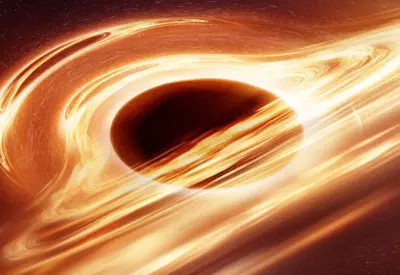 SUGGESTED READING
Black holes could challenge Relativity
By Lydia Patton
SUGGESTED READING
Black holes could challenge Relativity
By Lydia Patton
It may seem natural to think that strange things happen at the bottom of the funnel, down in the center of the black hole.
But this is not the case. In the center of the funnel there is only the falling star; we are not in singularity territory. Here, the equations still work.
Time . . . It is always the crux of the matter. Down there, at the bottom, time has slowed tremendously. Outside, millions of years may have passed, while down there just a few fractions of a second . . . The star is still falling at the bottom of the long funnel that is stretching and narrowing, because in its time no more than fractions of a second have passed. So the zone where the distortions become infinite, where the equations of Einstein stop working, the interesting zone . . . is not there!
So where is it?
It is in the future. It is in what happens after the interval of time depicted in the last image. It is in the grey area of the image below.

As the diameter of the funnel narrows, the cylinder becomes more curved, like a roll that is rolled tighter. The more the funnel is narrowed, the greater the distortion of space-time. When this reaches the fateful “Planck scale,” the scale where we expect space and time to be seriously affected by quantum phenomena, we enter the region where these phenomena imply that Einstein’s equations are violated.
___
So the zone where the distortions become infinite, where the equations of Einstein stop working, the interesting zone . . . is not there!
___
If we ignore these phenomena and trust in Einstein’s theory, the equations predict that the crushing of space continues until catastrophe occurs: the long, thin tube becomes longer and thinner until it is squeezed into a single line.













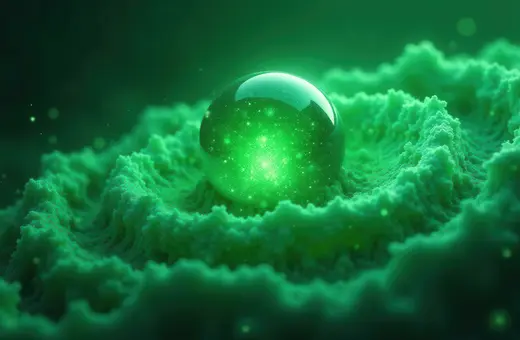
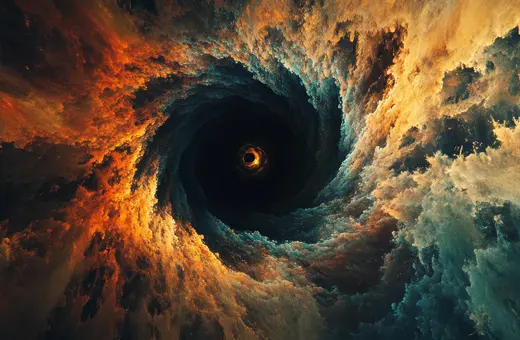

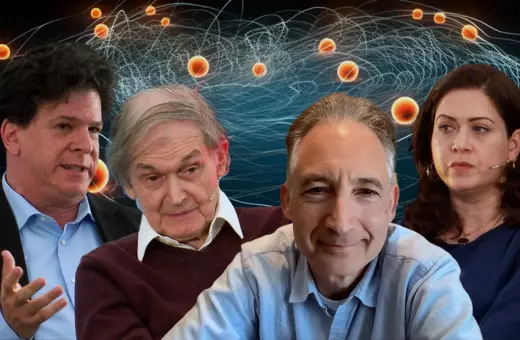
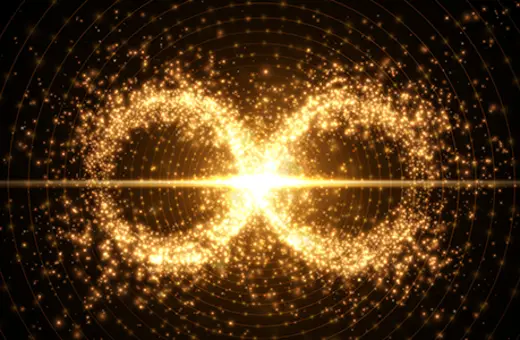



Join the conversation